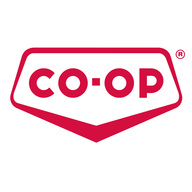
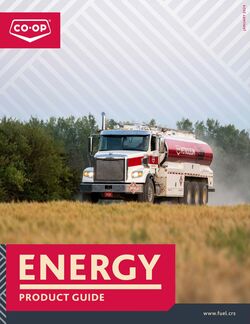
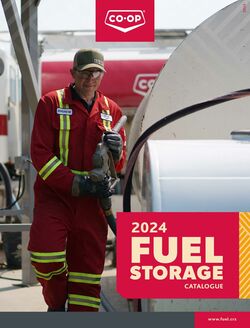
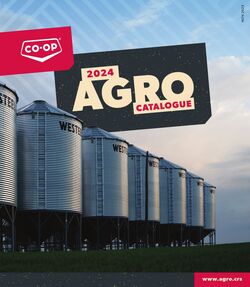
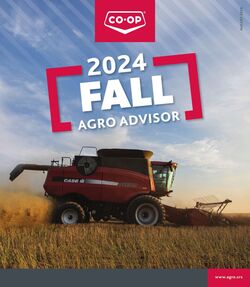
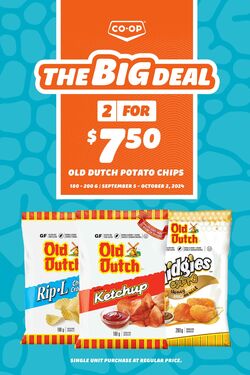



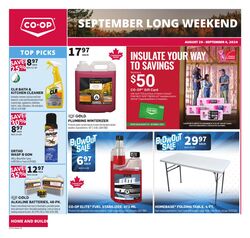



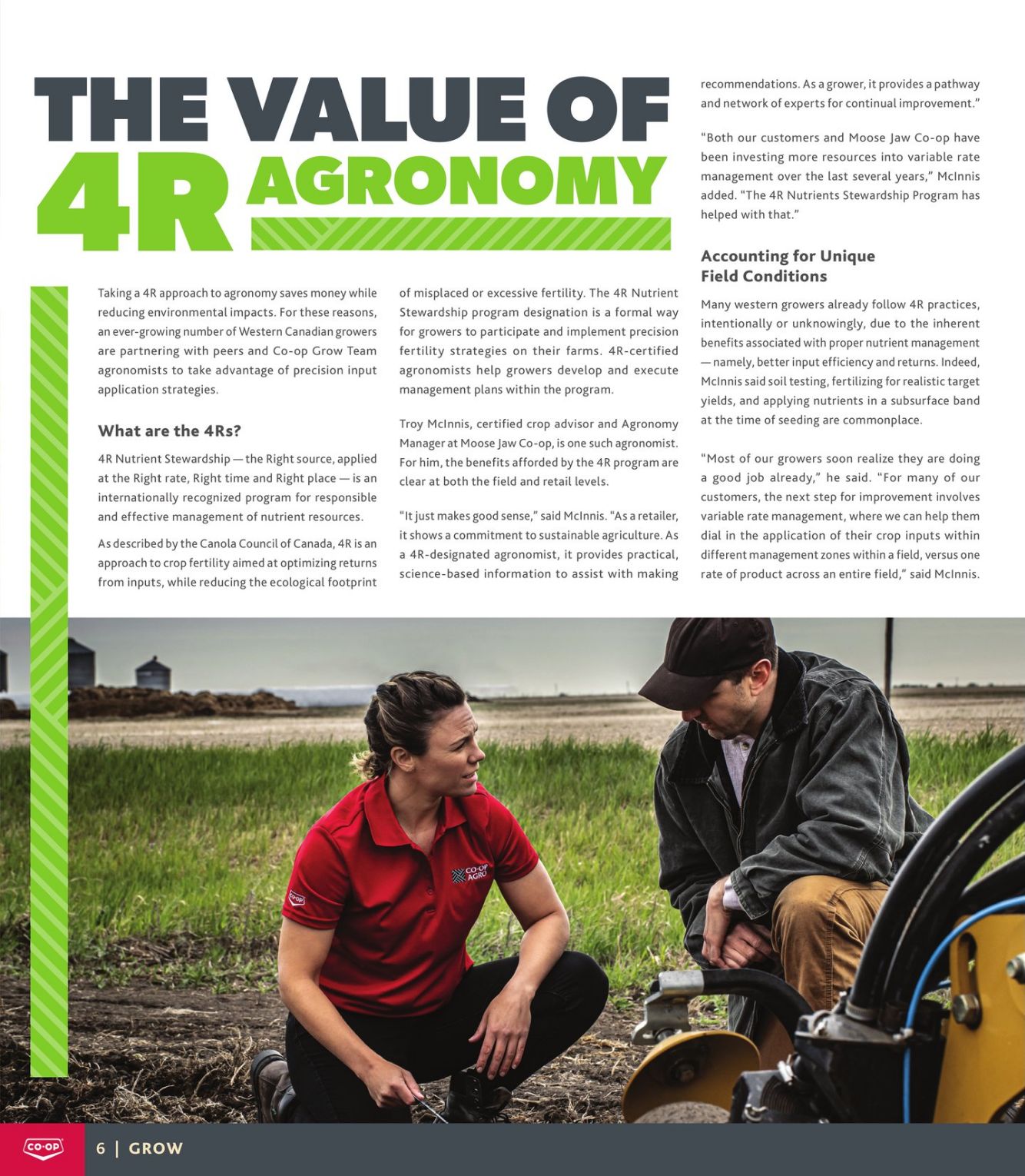
Les produits de cette circulaire
THE VALUE OF Taking a 4R approach to agronomy saves money while reducing environmental impacts. For these reasons, an ever-growing number of Western Canadian growers are partnering with peers and Co-op Grow Team agronomists to take advantage of precision input application strategies. What are the 4Rs? 4R Nutrient Stewardship —the Right source, applied at the Right rate, Right time and Right place — is an internationally recognized program for responsible and effective management of nutrient resources. As described by the Canola Council of Canada, 4R is an approach to crop fertility aimed at optimizing returns from inputs, while reducing the ecological footprint of misplaced or excessive fertility. The 4R Nutrient Stewardship program designation is a formal way for growers to participate and implement precision fertility strategies on their farms. 4R-certified agronomists help growers develop and execute management plans within the program Troy Mclnnis, certified crop advisor and Agronomy Manager at Moose Jaw Co-op, is one such agronomist. For him, the benefits afforded by the 4R program are clear at both the field and retail levels. It just makes good sense," said Mcinnis. “As a retailer, it shows a commitment to sustainable agriculture. As à 4R-designated agronomist, it provides practical, science-based information to assist with making recommendations. Às a grower, it provides a pathway and network of experts for continual improvement." “Both our customers and Moose Jaw Co-op have been investing more resources into variable rate management over the last several years," Mcinnis added. “The 4R Nutrients Stewardship Program has helped with that. Accounting for Unique Field Conditions Many western growers already follow 4R practices, intentionally or unknowingly, due to the inherent benefits associated with proper nutrient management — namely, better input efficiency and returns. Indeed, Mcinnis said soil testing, fertilizing for realistic target yields, and applying nutrients in a subsurface band at the time of seeding are commonplace “Most of our growers soon realize they are doing a good job already,” he said. “For many of our customers, the next step for improvement involves variable rate management, where we can help them dial in the application of their crop inputs within different management zones within a field, versus one rate of product across an entire field,” said Mclnnis
| Nom | Détails |
|---|